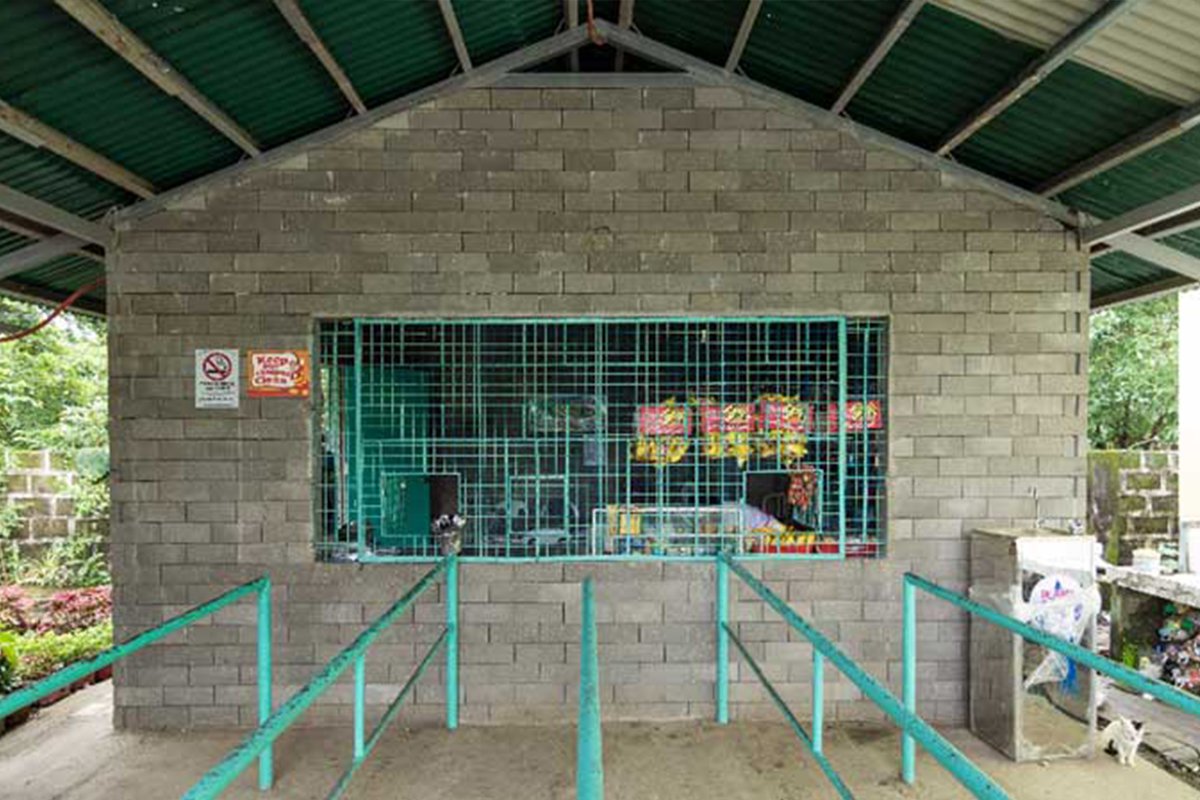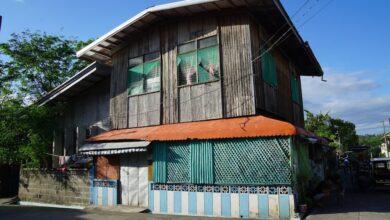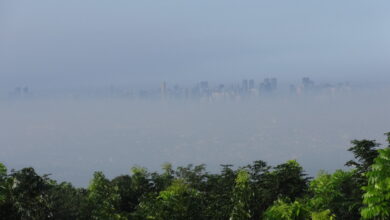
Ecobricks: A Modern, Eco-Friendly Solution to Plastic Waste
In Plaridel, Bulacan, a company called Green Antz Builders, Inc. is providing a solution to the solid waste problem through the production of ecobricks.
Ecobricks come from plastic laminates or sachets to produce a “green” alternative to hollow blocks. These are now being used by LGUs, schools, and companies in the province.
The company was started by Founder and CEO Rommel B. Benig in 2013. His idea is to use waste plastic laminates in producing ecobricks.
Green Antz developed the ecobricks, which are “aesthetically superior, stronger, and cost-effective” than regular hollow blocks.
Hollow blocks are made through molding. Ecobricks, on the other hand, are made through compression.
Ecobricks also undergo a proprietary process and to make them stronger, their formulation uses a special construction additive.
“Conventional thinking will tell us that cement and plastic do not adhere to each other, but because we are using a special construction additive, we are able to get a stronger product…. That is also key for us to replicate the same quality in different locations,” added Benig.
Using a social franchising model, which is similar to commercial franchising except there are no royalties, Benig wants to expand the business around the country.
“When we partner with a company, it sponsors the funding and together we identify a beneficiary which will manage the operation of a Green Antz Hub with Green Antz overseeing it,” he said.
With a Little Help from a Former Employer
Benig has developed the ecobricks with the help of his former employer, Nestle Philippines. With the company’s support, the demand for Green Antz’s products from other companies has increased.
“You have to create a demand for the product, and knowing that Nestle is bigger company than Green Antz… So, I can refer the products of Green Antz to other customers, other potential people who can get the products,” said Nestle Vice President for Corporate Affairs Jess G. Reyes.
Ecobricks were supplied by Green Antz for Nestle Philippines’ facility in Lipa City. 3,500 ecobricks were used for the 100-square meter multi-purpose building that was completed in 2015.
Green Antz’s corporate partners also include Aboitiz Power Corp., Republic Cement, Hope in a Bottle, Ayala Land Inc., Pilipinas Shell, and Ten Knots in El Nido.
Trading Plastics Wastes for Ecobricks
Green Antz has partnered with local government units, schools, communities, and even cooperatives to collect sachets and other plastic laminates. In exchange for two and half kilos of plastic sachets, a person can receive one ecobrick.
Almost 9,000 kilos of plastics were collected by the Culianin Elementary School in Plaridel and these wastes were turned into a clock tower, a pathway, and a school canteen made from ecobricks.
In the municipality of Plaridel, some services can be paid for by discarded plastic bottles, sachets, and laminates. The collected plastic waste is then used to manufacture ecobricks that are used to build daycare centers and classrooms.
Green Antz has also started sending representatives to Marawi in order to teach communities about waste collection and ecobrick production.
“We want to be part of the Build, Build, Build campaign…. We want that idea kasi as we build, build, build, we clean, clean, clean,” said Benig.
Other products of Green Antz include eco-pavers or pervious pavers for pathways as well as eco-casts or hollow block-size precast for building fences.
The company’s ecobrick manufacturing hubs are located in Pulilan and Plaridel, Bulacan; Bacoor, Cavite; Teresa, Rizal; and Cebu with partners in Batangas, Catanduanes, Legaspi, Tabaco, Naga, Vigan, and El Nido in Palawan.
Green Antz’s target for 2019 is to establish 24-30 more ecobrick manufacturing hubs.
“We want to be present in every city, every municipality in the country, so that we replicate the model that we have started here in Bulacan. Empowering communities, building sustainable and environmentally responsible communities, and after building green colonies in the country, we want to be present outside the Philippines as well,” said Benig.
via BusinessWorld / Vincent Mariel P. Galang




